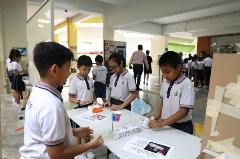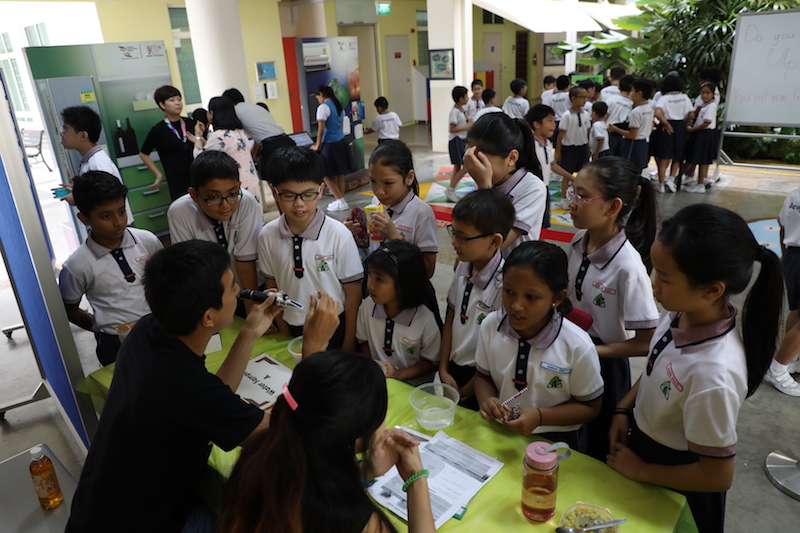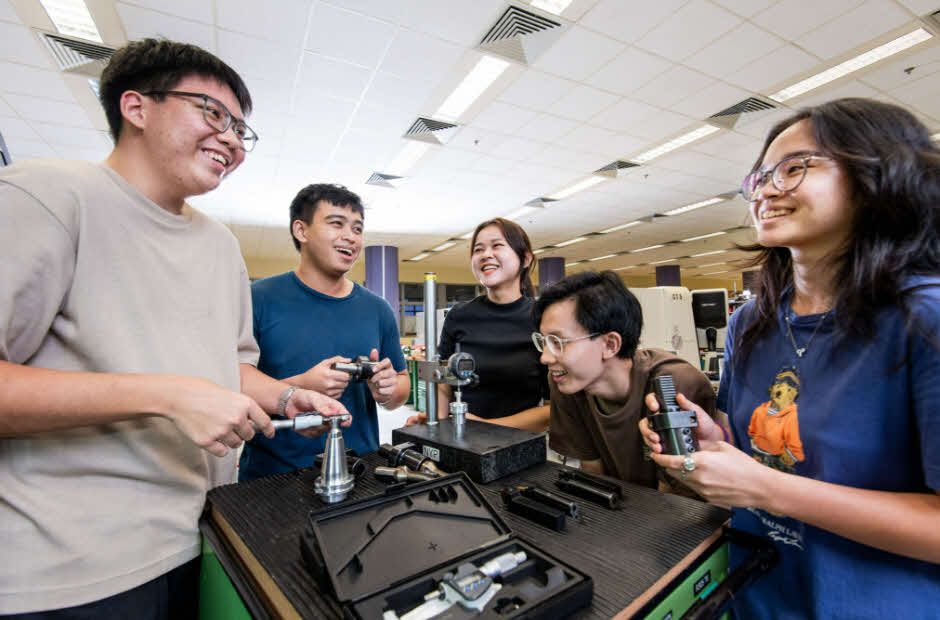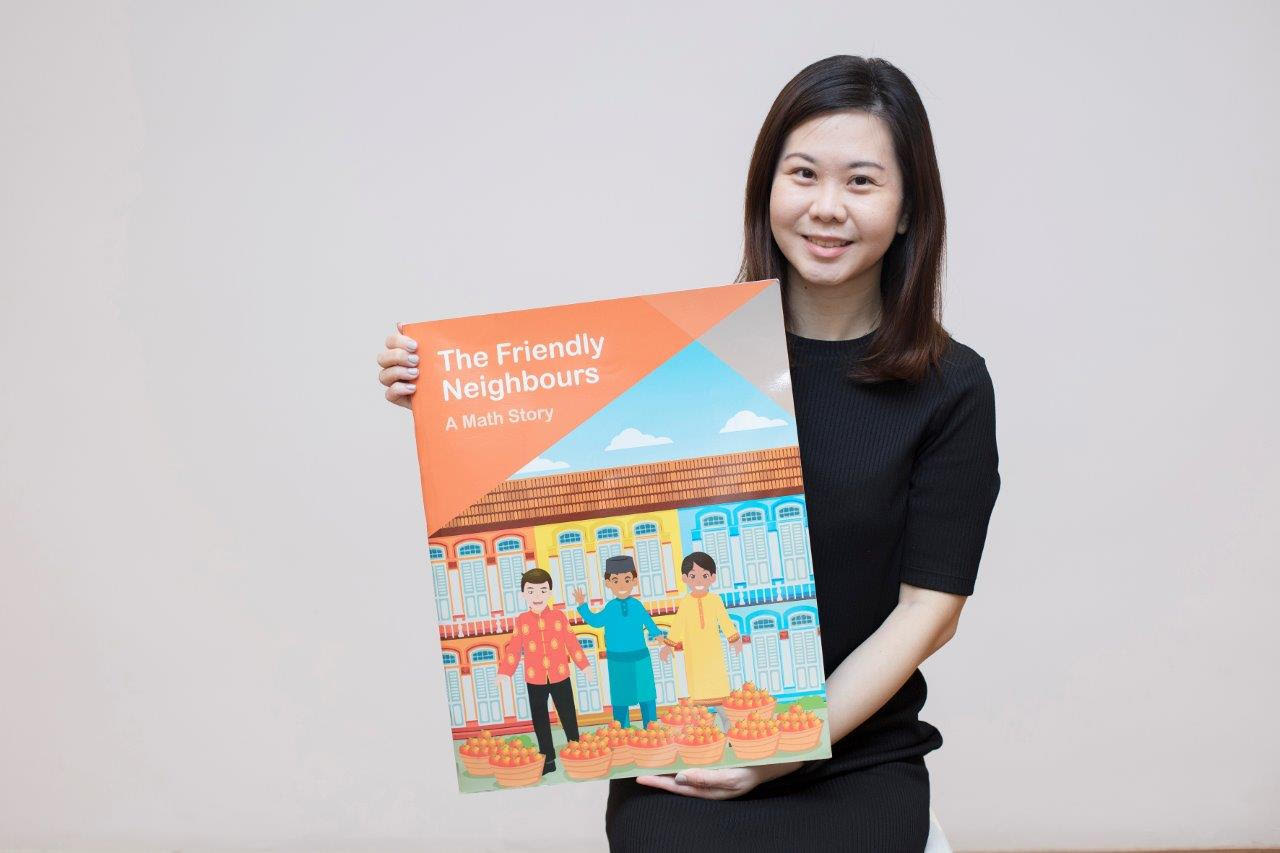At Angsana Primary School, recess time is not just about eating and playtime – on some days, all students get a chance to experience and apply science concepts through fun and engaging activities too.
As part of the school’s Science Environment Month, students get to see sea stars, hermit crabs and sea cucumbers in a marine touch tank, and use various equipment to distinguish between freshwater and salt water. They would also get to see how hydroponic plants are grown and the development of tadpoles into frogs.

In addition, students also learn ways to reduce their carbon footprint in school and at home. Through displays of illustrations and students’ projects, the children are encouraged to cut down on their usage of electricity and water, as well as upcycle – where unwanted materials are creatively transformed into new products.
All these activities are part of a larger aim to inculcate in all students the importance of caring for the environment, beyond what is taught in the textbook.
Learning about environment conservation doesn’t just end there though. An online portal is available for students to drop ideas on saving water and electricity in school. They are also encouraged to share their thoughts on topics such as upcycling and caring for the environment.
“Science is more than what students learn in textbooks,” explains Mdm Chia Jye Teng, Level Head for Science at Angsana Primary School. “We want them to gain knowledge beyond the textbook and encourage them to think out of the box.”
Paying it forward
Following these activities, some students have been taking initiative to pass on their knowledge on environment conservation to their friends and family, as well as practicing what they have learned at home.
“I remind my parents to use reusable bags when they go shopping so that we use fewer plastic bags and save the earth,” says Primary 5 student Arjun Haridas.
“My family has begun sorting our trash into recyclables and non-recyclables to make things easier for the collector,” adds Primary 5 student Kelly Teh.
Mdm Chia hopes that the recess-time activities would have holistic benefits on the students as well. “Through displaying students’ upcycling projects, we want them to gain confidence and be creative,” she shares. “We also hope that students will always be learning something new, beyond the classroom.”




.jpg)

